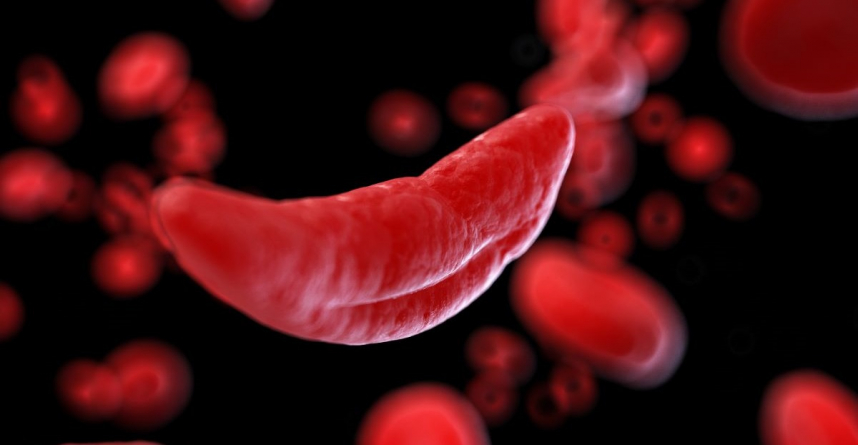
More patients with severe sickle cell disease may be eligible for potentially curative bone marrow transplants using a new approach that is far less toxic than older methods and allows for more relatives to become donors, according to results of a study presented on Tuesday (12/12/23).
The usual treatment requires that the donor be a sibling who is a close genetic match and involves intensive chemotherapy with side effects that can be difficult to tolerate, especially for patients with organ damage from the disease.
The new procedure, presented by researchers at the American Society of Hematology (ASH) meeting, uses a milder chemotherapy regimen. In addition, the donor only needs to be “half-matched” genetically to the recipient, which broadens the pool of potential donors to include parents, children, cousins, aunts, and uncles.
“This is a pragmatic approach for adults with sickle cell disease, and the results are fantastic,” study leader Dr. Adetola Kassim of Vanderbilt University Medical Center said in a statement. “It beat our expectations."
In sickle cell disease, red blood cells become misshapen, diminishing their ability to carry oxygen and causing episodes of severe, often debilitating pain as well as damage to tissues and organs that can lead to early death.
Forty-two adults with sickle cell disease and a history of stroke or reduced heart functioning, pain episodes, or frequent blood transfusions underwent the modified transplantation procedure, receiving stem cells from a family member that would produce healthy blood cells.
Two years later, 95% were alive, and 88% had functioning grafts without needing another infusion of stem cells, the researchers said.
Most participants experienced significant improvements in markers of healthy blood functioning, a reduction in pain episodes and fatigue, and improved heart and lung functioning, they added.
"This study has clearly shown that you can take selected adult patients (who are too weak to withstand the usual transplant procedure) and hopefully change the trajectory of their disease,” Kassim said.